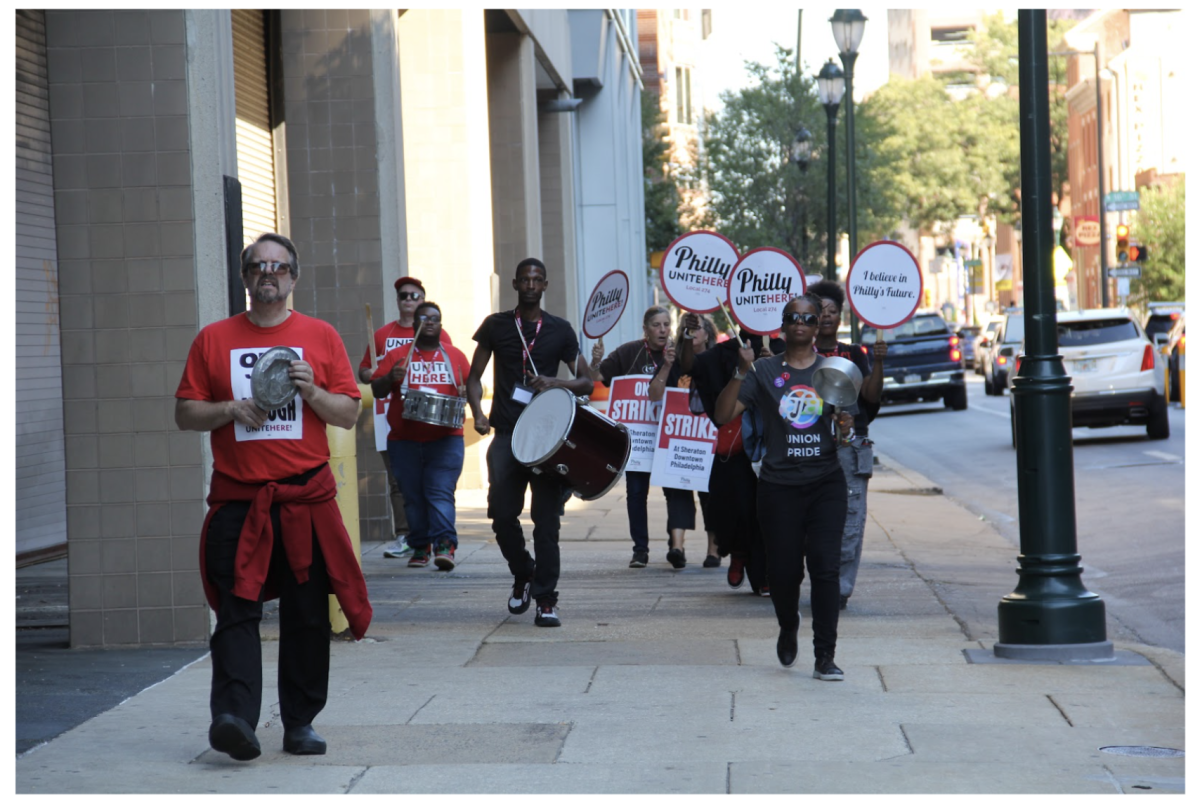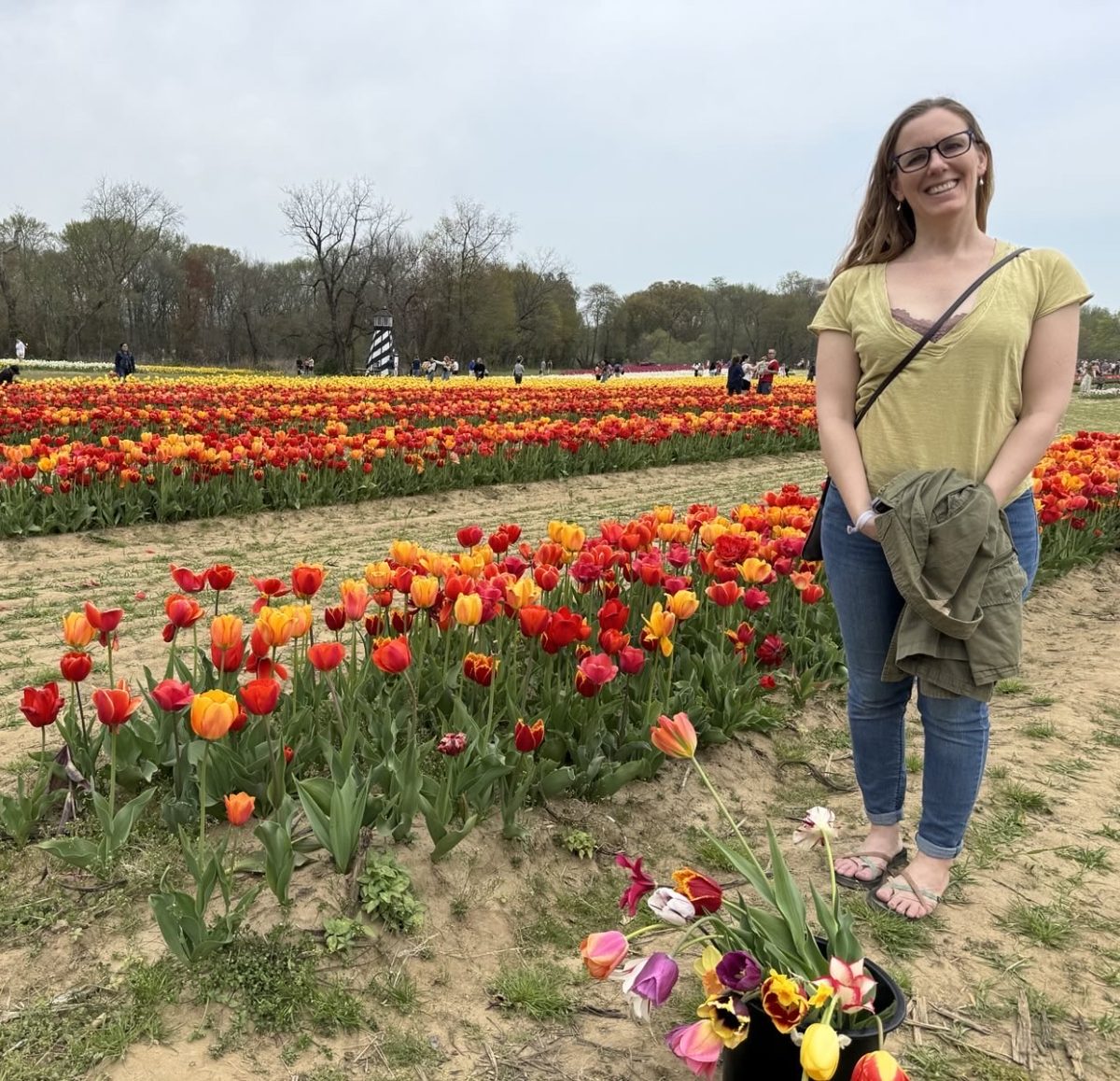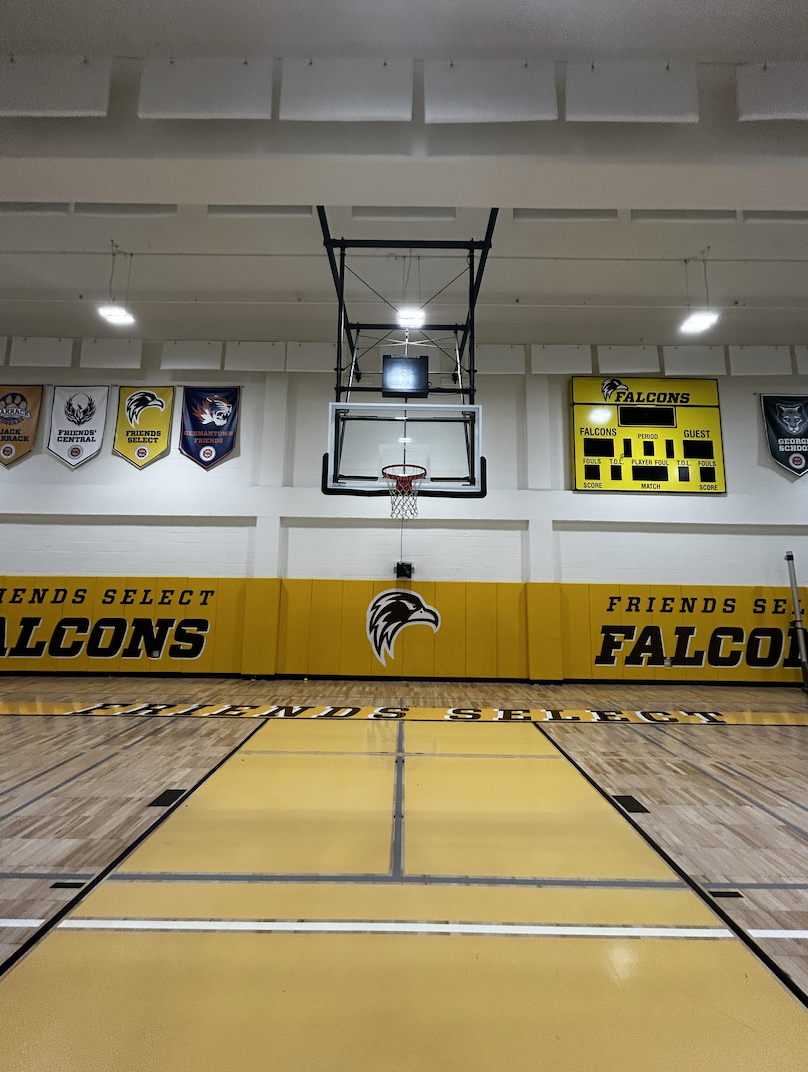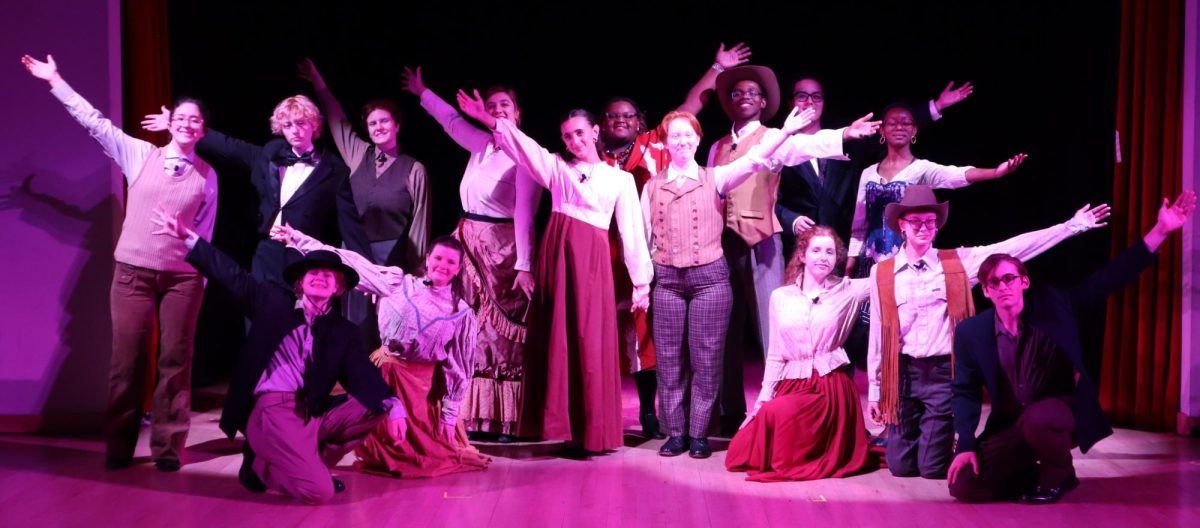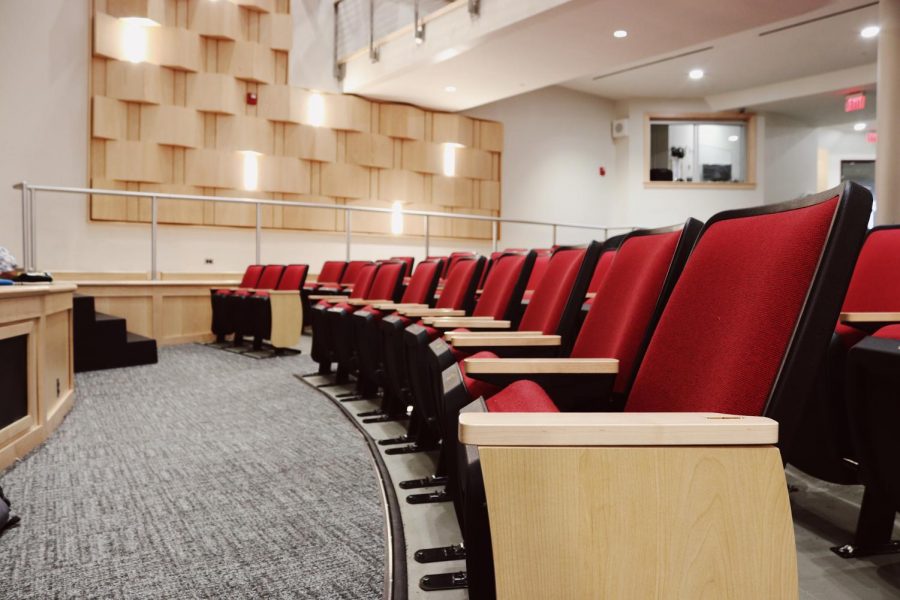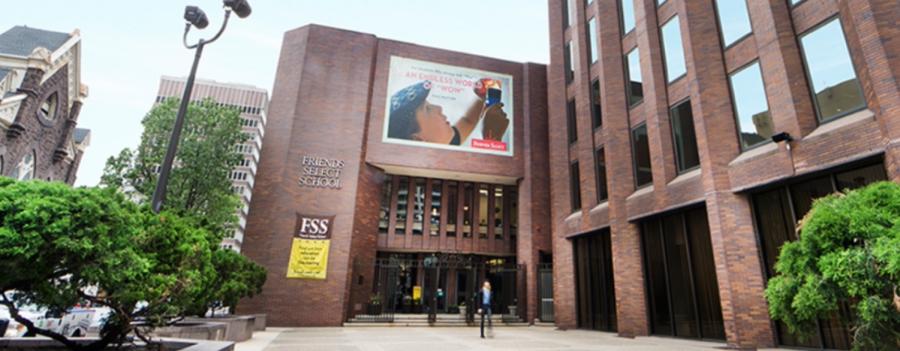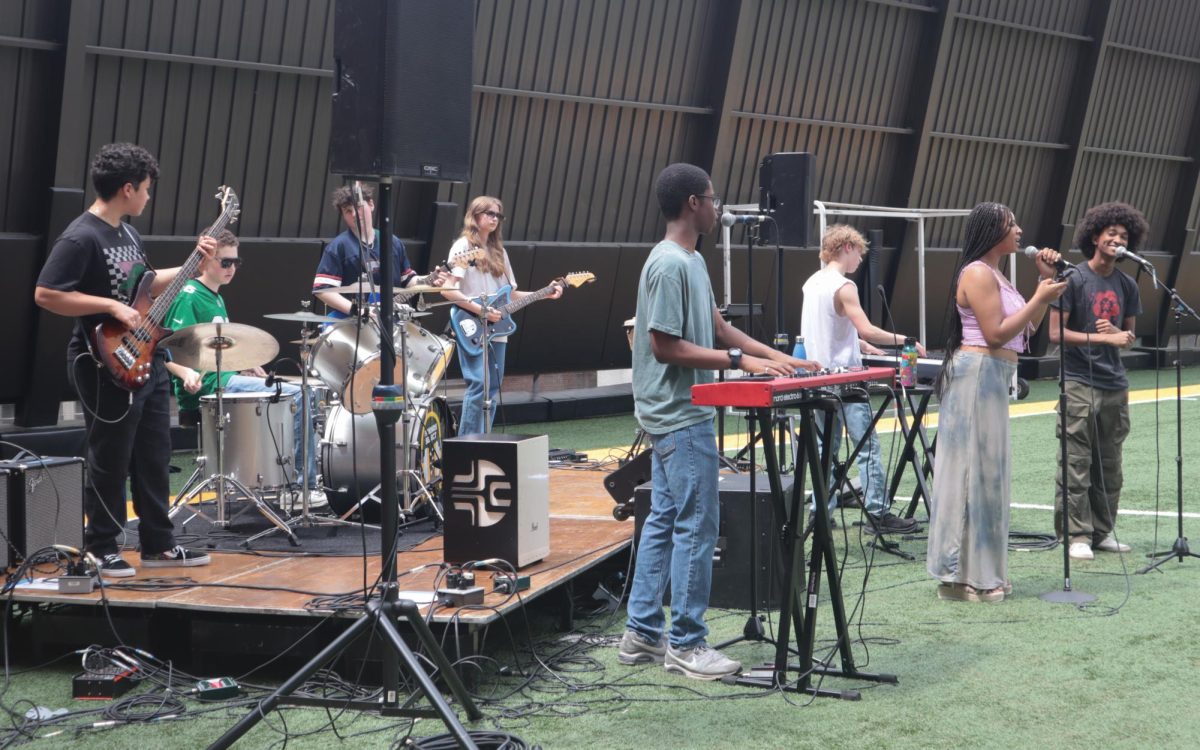Society Hill: An Urban Renewal Success
During the 1960s, Philadelphia was going through an urban renewal led by City Planning Commissioner Edmund Bacon, with the idea of a “city-within-a-city.” Society Hill was one of the most successful projects.1
Near Independence Hall, Society Hill is one of the oldest neighborhoods in Philadelphia bounded by Walnut, Lombard, Front and 8th Streets – where many 18th and 19th century buildings remain intact.
Between the late 19th and early 20th centuries, this neighborhood was in a state of decay as residents moved to the suburbs. However, the historic buildings in Society Hill inspired Edmund Bacon to combine urban renewal and preservation, creating a renewal plan in the 1950s.2
Urban renewal was created and funded by the federal government after World War II to maintain the central cities. During the Philadelphia City Renewal Project, Society Hill underwent street reconstruction, historic building renovation, modern apartment construction, and public artwork projects.3
Most of the new constructions in this period consisted of low-rise housing.4 There was an exception: the modern, complex, Society Hill Towers designed by architect I.M. Pei.5 These three high-rise apartment buildings with wide-open views were built to bring middle-class people back to the city and turned out to be very popular.6
In addition to residences, this project also included street beautification and community amenity enhancements. Small parks like the Three Bears Park, various gardens, and greenways were distributed throughout the neighborhood. Also, many artworks were added to the city through the Percent for Art Program which the Philadelphia Redevelopment Authority pioneered in March 1959.7
During urban renewal, Head House Square (the area around the New Market) was being rehabilitated. The New Market and Head House, declared a National Historic Landmark in 1966, was an example of the preservation of historic buildings. The New Market was established in 1745 for merchants to gather and sell daily produce, and the Head House was built in 1805.8 The New Market was restored again in 1994, and is now the oldest surviving farmer’s market in America. It became an important component of a renewed Society Hill and a historical trace of everyday life for colonial Americans.9
Society Hill’s idea of prioritizing preservation over demolition became the model around the country for how to revitalize American cities. In the span of decades, Society Hill developed into one of Philadelphia’s wealthiest neighborhoods.10, 11
As Edmund Bacon said, “Great cities are not great because of individual buildings. They’re great because of the way things fit together.”12

